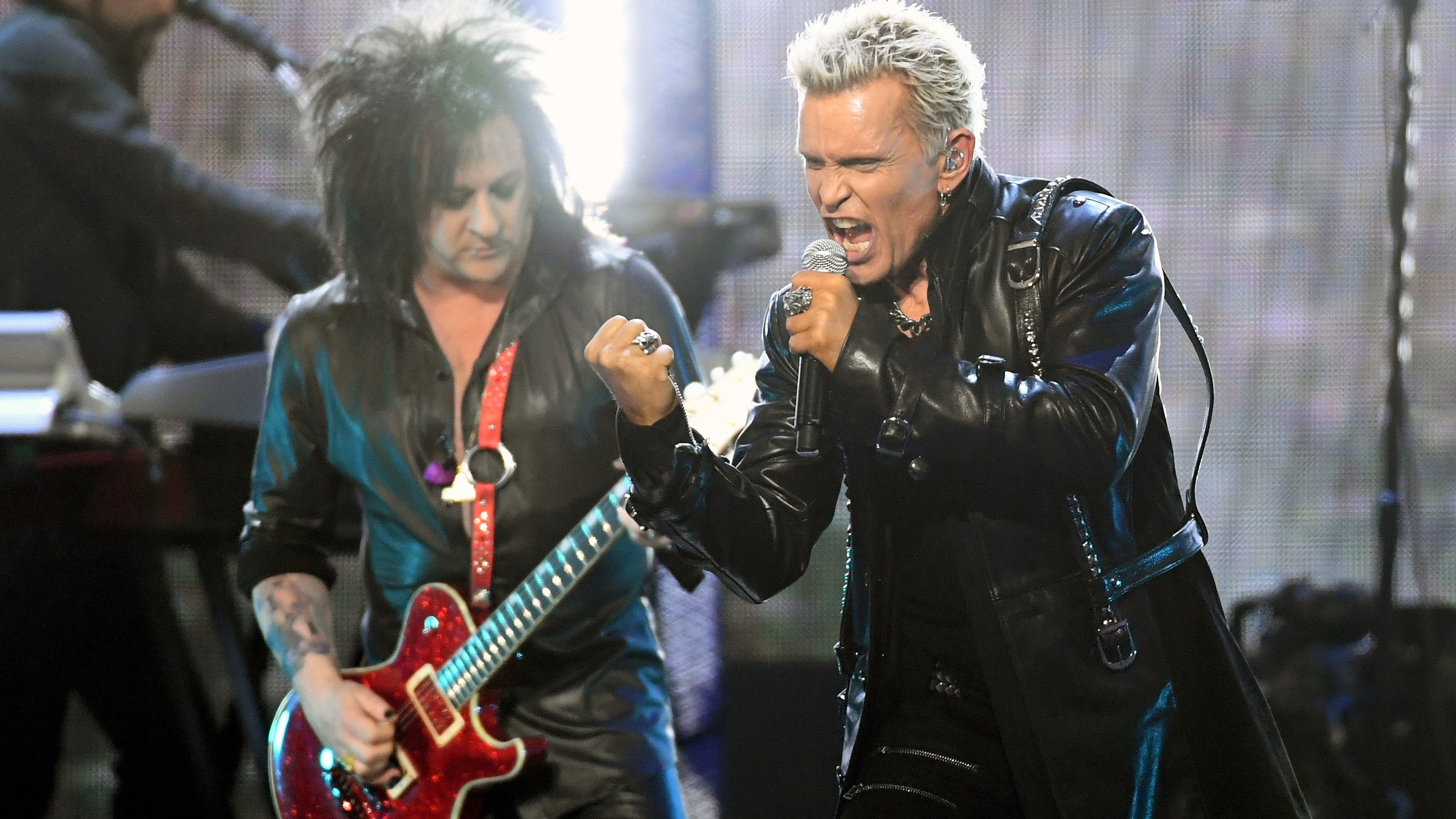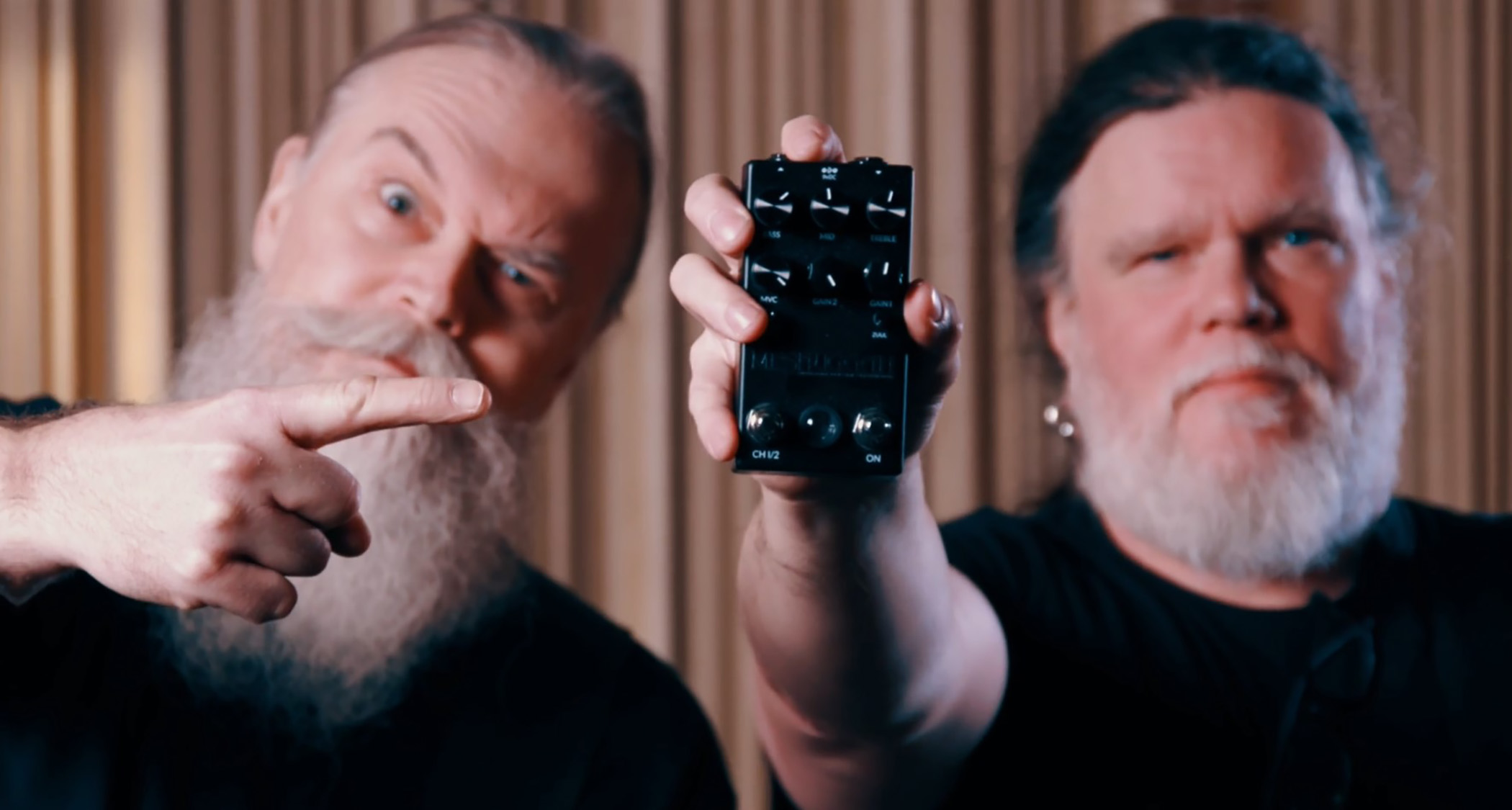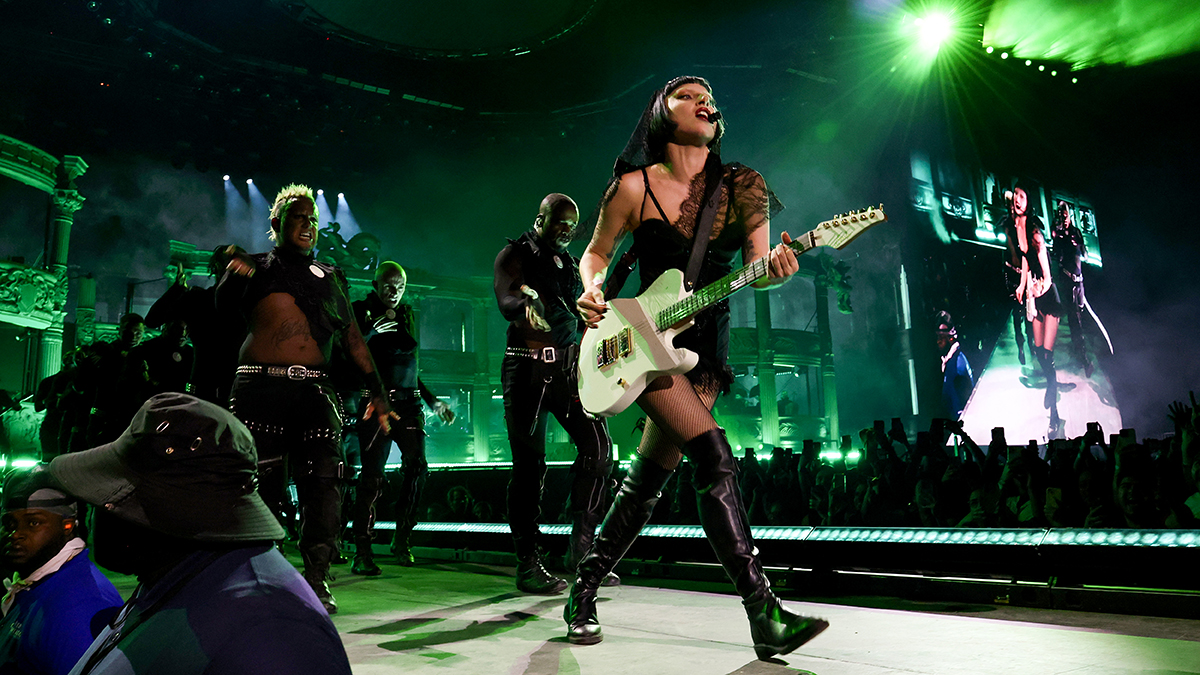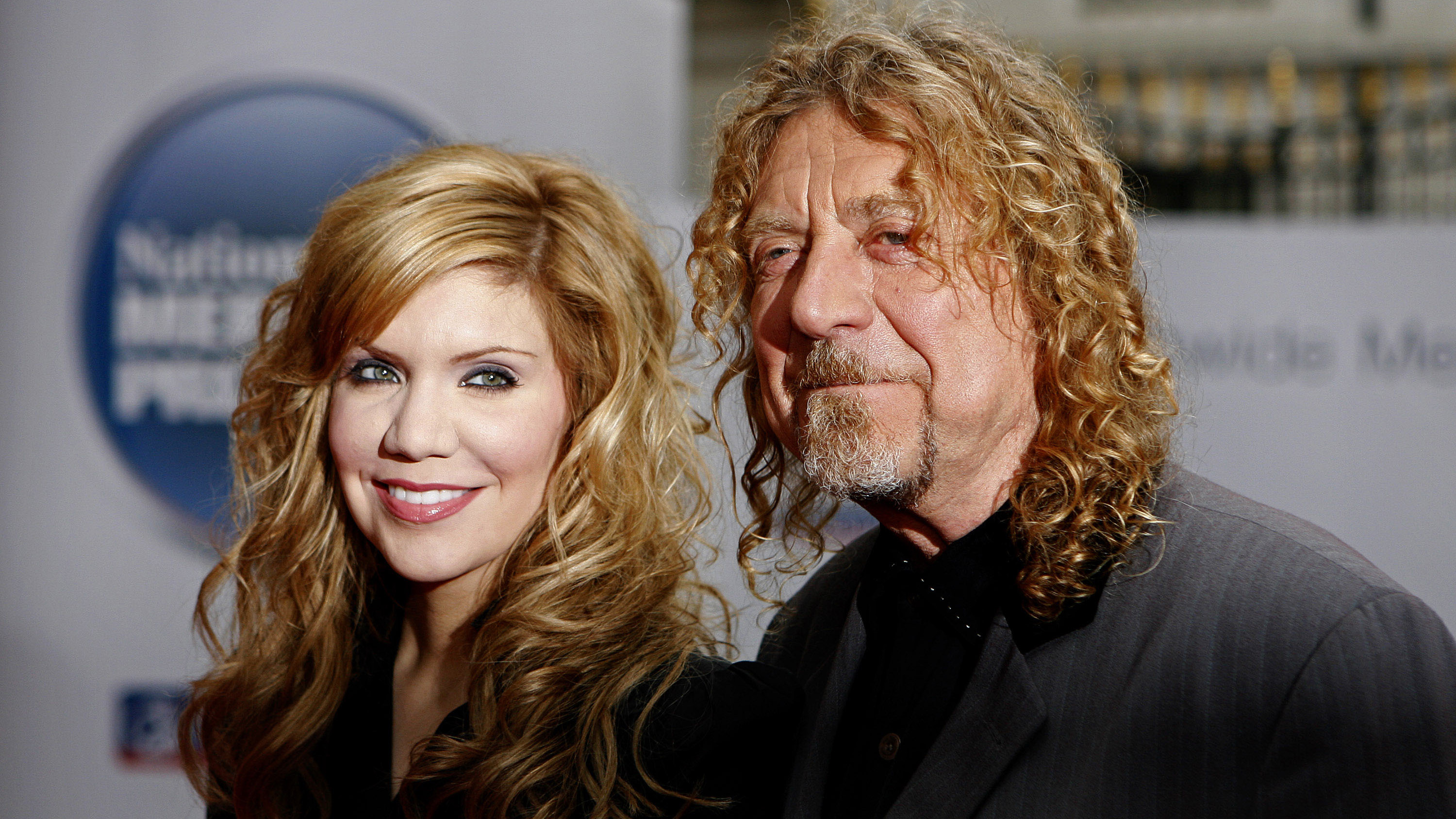“It actually gave me more Hendrix vibes than Stevie vibes”: Watch what happens when you play a Strat through a cranked Super Reverb in an empty warehouse
Pedal Pawn’s Chris King Robinson conducts an experiment that shows how strange and magical things happen when you dime old tube amps in large, empty spaces
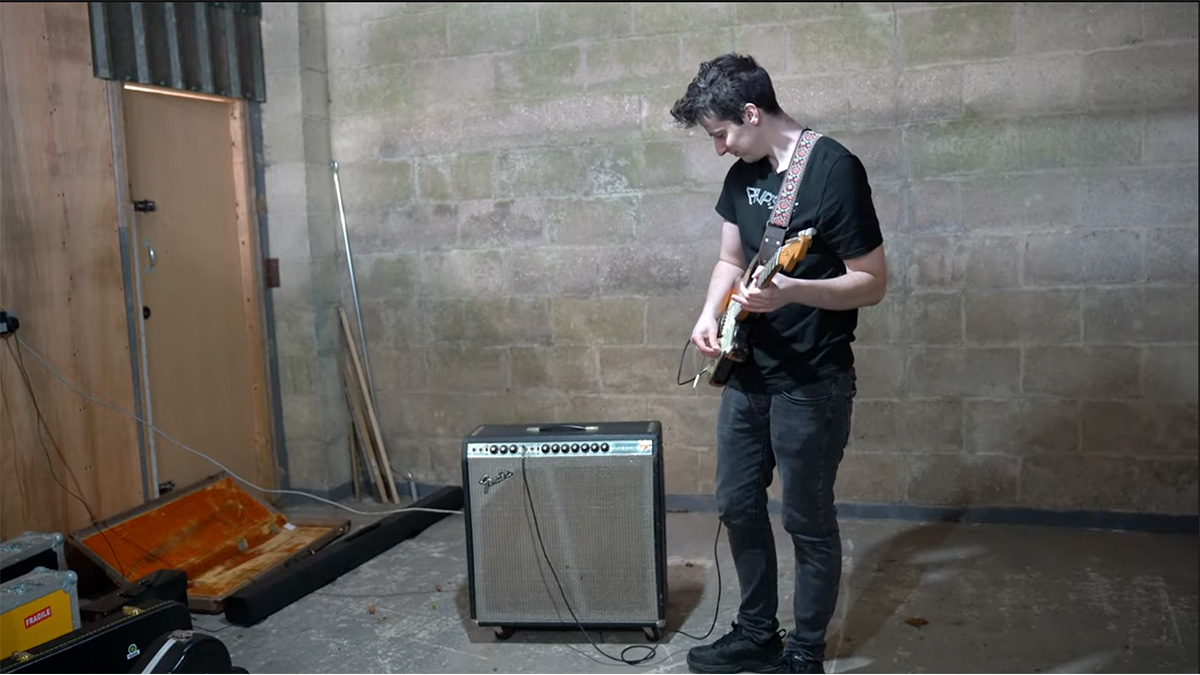
There’s nothing like opening up a tube amp, setting it on 10, and seeing what it can do. That’s when the magic happens. But what happens if you take that amp and dime it in the wide open spaces of an empty warehouse, with all that space for the volume to reverberate in?
Well, that’s exactly what Pedal Pawn’s Chris King Robinson was looking to find out in an experiment he captured on video and posted to the Pedal Pawn YouTube channel for posterity. Having recently acquired a ‘70s Fender Super Reverb, and a warehouse, he took advantage of this rare opportunity to follow his musical curiosity and see what would happen.
If you are familiar with Robinson, and with the Pedal Pawn guitar effects pedal lineup, you will be aware that he is A) a Fender Stratocaster enthusiast, and B) a Stevie Ray Vaughan superfan, so it would be no surprise to find Robinson’s chasing SRV tones on this adventure.
As he admits, this was a “holy grail” quest. Perhaps the missing link to SRV's sound would be the volume, the natural reverb, or perhaps the whole thing would be a mess, the reverb turning the audio to mud. There was only one way to find out.
The first thing that strikes us that a Strat sounds huge through the 4x10 platform of a Super Reverb. The second is that there is a lot of reverb and it sounds pretty good.
“It just feels 10 times louder,” he says. “It feels like you’re playing an empty Wembley Stadium or something – it’s just crazy. I think the emptiness of the warehouse actually dispersed the sound around enough so that it didn’t damage our ears.”
Robinson might have got less overdrive than he expected from the amp – he dials in some extra via his own Pedal Pawn BluesPrint overdrive pedal, which combines TS and BB-style drive circuits for twofer designed for blues guitar.
Get the MusicRadar Newsletter
Want all the hottest music and gear news, reviews, deals, features and more, direct to your inbox? Sign up here.
But this is as you might expect it. As Stevie Ray Vaughan's tech Rene Martinez told MusicRadar in 2010, Vaughan's tone was always cleaner than it appeared, and that clarity was precisely what his Fender amps were for.
"Stevie liked a clean sound. He really didn't turn everything up until the last song," said Martinez. "But in the meantime, throughout the show, it was a clean, beautiful sound, with a little reverb to make it wet.
"The way he had it configured was so that everything acted like one big gigantic speaker. The Dumble was powerful and clean, and he liked that; the Marshall was big and warm; and then the Fenders delivered true, clean hi-fidelity sounds. They all sounded great together. It was beautiful, just gorgeous."
Robinson's big takeaway is how the amp took on some of the character of a Marshall. He went in looking for SRV and got something more Jimi Hendrix instead.
“The amp on 10, it had this, almost like Marshall-y sound, which is strange to say,” he says. “It’s like that Hendrix-y, Marshall tone. It actually gave me more Hendrix vibes than Stevie vibes, which was interesting because I thought it was going to be pure Stevie Ray Vaughan.”
That’s not to say there was no SRV in the mix. Robinson says the Super Reverb’s top-end had the the bite you would hear in tracks such as Lenny.
Though given that Stevie Ray Vaughan and Double Trouble’s 1983 set at the El Mocambo in Toronto is magnetic north for much of what Pedal Pawn does (to the point of actually cloning the very same Tube Screamer SRV used that night) Robinson couldn’t help wondering how it would have sounded in concert with a Vibroverb.
Maybe next time.
Jonathan Horsley has been writing about guitars and guitar culture since 2005, playing them since 1990, and regularly contributes to MusicRadar, Total Guitar and Guitar World. He uses Jazz III nylon picks, 10s during the week, 9s at the weekend, and shamefully still struggles with rhythm figure one of Van Halen’s Panama.
“For guitarists who crave an unrelenting, aggressive tone that stands out in any mix”: The Fortin Meshuggah head is the amp every metal player wants – now you can get its crushing tones in a pedal
“They didn’t like his bikini underwear”: Prince’s support sets for the The Rolling Stones in 1981 are remembered as disastrous, but guitarist Dez Dickerson says that the the crowd reaction wasn’t as bad as people think

